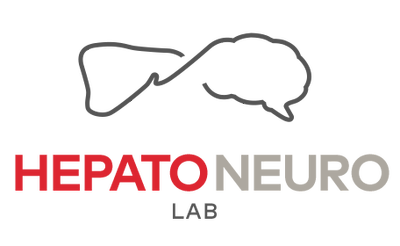Background: The liver plays a major role in regulating ammonia levels in the blood. Therefore, liver disease and the loss of hepatic function lead to hyperammonemia, increased brain ammonia and consequently hepatic encephalopathy (HE). Hence, ammonia-lowering strategies remain the mainstay therapeutic strategy. Ammonia, both as an ion (NH 4+ ) and gas (NH 3 ), easily crosses all plasma membranes, including the blood-brain barrier (BBB); the interface between the blood and the brain. Glutamine synthetase (GS), an enzyme that in the process of amidating glutamate to glutamine removes ammonia, plays an important compensatory role during liver disease. GS is expressed in muscle and brain (primarily in astrocytes) but has never been thoroughly explored in the BBB. Purpose: Therefore, we aimed to evaluate the presence and metabolism of GS in endothelial cells of the BBB. Method: Using primary rat brain microvascular endothelial cells (ECs) and isolated cerebral microvessels (CMV) from naïve rats (from frontal cortex and cerebellum), the presence of GS was assessed using rtPCR, western blot, and activity assay. In addition, to evaluate ammonia metabolism and potential GS targets in ECs, we exposed ECs to 5- 13 C glutamate, 5- 13 C ornithine and 5- 13 C -ketoglutarate, with and without ammonium chloride (0.5 mM and 1 mM) and measured the production of 5- 13 C glutamine by GS for up to 24h using LC-MS/MS. Result(s): In vitro , ECs were found to express GS mRNA and protein, along with GS activity. GS expression was also found in CMVs (similar levels between frontal cortex and cerebellum). 3D reconstruction using confocal microscopy showed that GS was co-localized with ECs in brain slices, although at lower levels than those expressed in astrocytes (p<0.001). Generation of 5- 13 C glutamine was the highest with 5- 13 C ornithine and 5- 13 C glutamate vs. 5- 13 C -ketoglutarate at all time points (p<0.01). Ammonia administration to cultured ECs did not lead to an increase of 5- 13 C glutamine generation in all groups. Conclusion(s): These results demonstrate for the first time that GS is present in ECs in both in vitro and ex-vivo . The lower expression of the enzyme compared to that found in the astrocytes in vitro and brain slices could explain why GS has never been reported in these cells. Both ornithine and glutamate have the potential to increase GS activity in ECs. Ammonia administration did not increase glutamine production by GS, likely due to insufficient substrates for glutamine synthesis. Therefore, the beneficial effect of ammonia scavenger therapies such as L-Ornithine L-Aspartate (LOLA) or Ornithine Phenylacetate (OP) might include stimulation of GS in the BBB.

